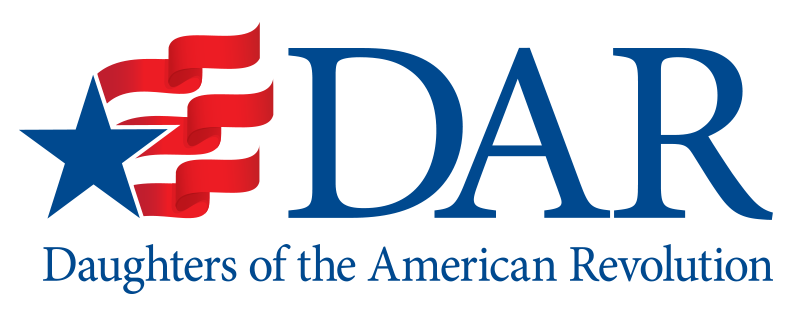History
In the more than 125 years since our organization began in 1890, the strength and independence of our pioneer forebears has been self-evident. It was a simple vote against women members by the Sons of the American Revolution (SAR) that put into motion the formation of the Daughters of the American Revolution (DAR).
On May 4, 1776, the Rhode Island Colony, through a formal statute, made a declaration for complete and absolute freedom (with only six dissenting votes), some two months before the other colonies did the same in Philadelphia, Pennsylvania. This historic meeting was held at the Old State House, located between Benefit and North Main Streets in Providence, Rhode Island, renouncing in certain and straightforward language any and all allegiance to Great Britain. Thus, a fifteen-member DAR chapter organized on February 22, 1910, took the name Rhode Island Independence Chapter. The first formal meeting was held on May 4, 1910, in the Old State House. It was incorporated on April 19, 1912, and by 1913 numbered forty-eight members.
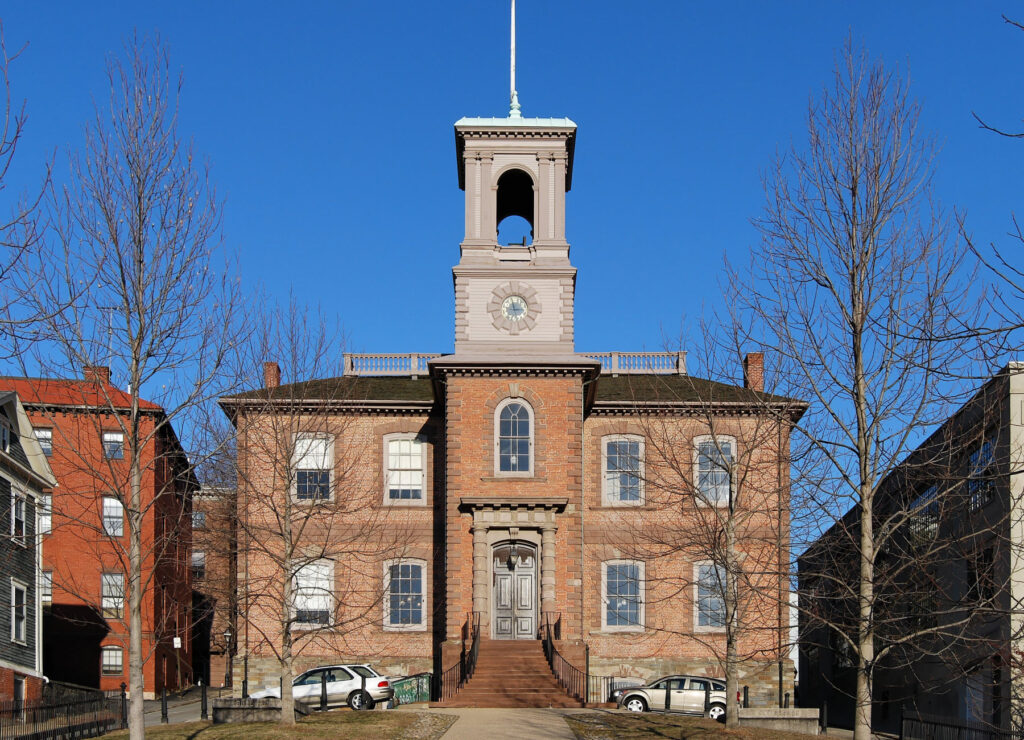
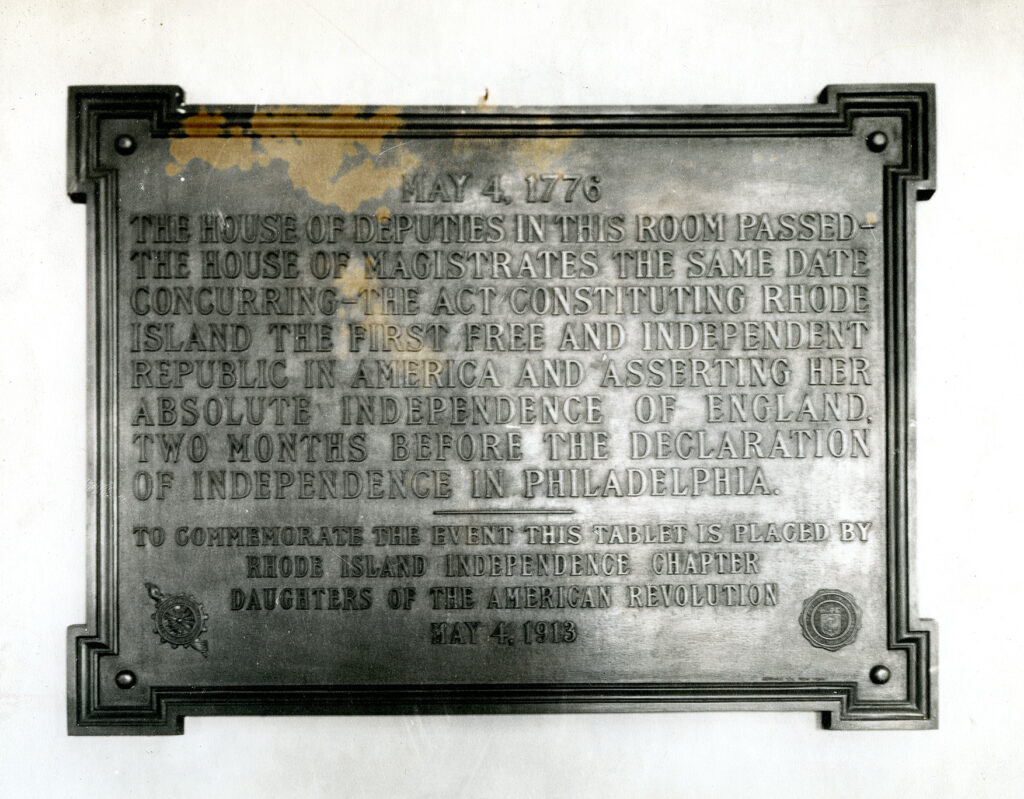
According to the fifteenth report of the National Society of the Daughters of the American Revolution, on May 4, 1913, the chapter, led by regent Mrs. Margaret Barbara Farnum Lippett, placed a bronze tablet 2 feet 8 inches by 2 feet in the Old State House. The tablet cost $135, and the chapter raised the funds through “thimble parties and sales.” It was draped with a white silk Rhode Island state flag draped with gold fringe and unveiled by Miss Anna Cooke Cushing, a descendant of Nicholas Cooke, then Governor of Rhode Island. The regent, former Governor Charles Warren Lippitt, and Mrs. Frances E. Bates made addresses, and the Declaration was read by Mrs. George J. Arnold, vice-regent of Rhode Island State DAR. At that time the chapter also hoped to place another tablet with the names of the men who signed the Declaration.
The Chapter also purchased markers and placed them at the graves of six Revolutionary soldiers from Rhode Island regiments: Aaron Bowen, Ichabod Bowen, Israel Bowen, John Meriss, William Meriss, and Caleb Vaughn, Jr. In 1912, the Chapter petitioned the Senate in favor of House Bill 19741, to provide for the publication of certain Revolutionary records; to the Committee on Appropriations.
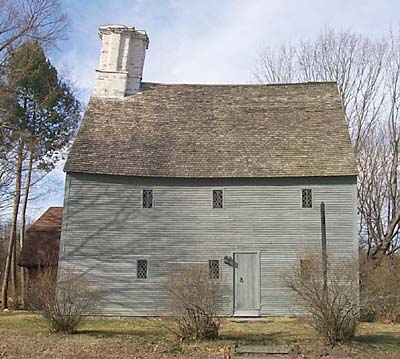
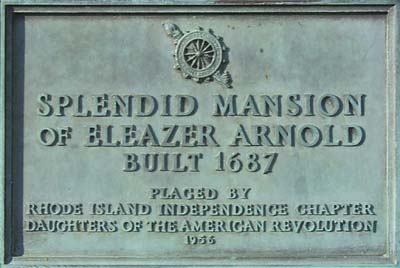
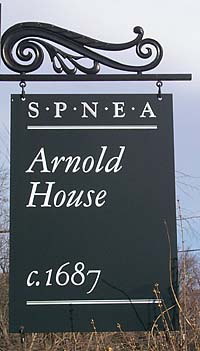
In 1956, the Rhode Island Independence Chapter placed a plaque at the home of Eleazer Arnold, built in 1687. In the mid-twentieth century, the Chapter also donated three flags to the First Universalist Church in Providence:
- The flag of the United States of America and the Rhode Island flag in honor of Susan S. Carrique (The Reverend Richard Carrique of Attleborough was an early Universalist minister who preached in Providence [1820-1821] in the years just prior to the Church’s founding).
- The flag of the Christian Church on September 19, 1965, in memory of Rose White (Mrs. Louis D., Sr.) Richardson. Her son, architect (and Senior Deacon) Louis Dexter Richardson, Jr. (1905-1999) drew the church’s Sunday bulletin’s cover picture of the current (third) church building [3 March 1871], which has been listed on the National Register of History Places since 16 August 1977.
